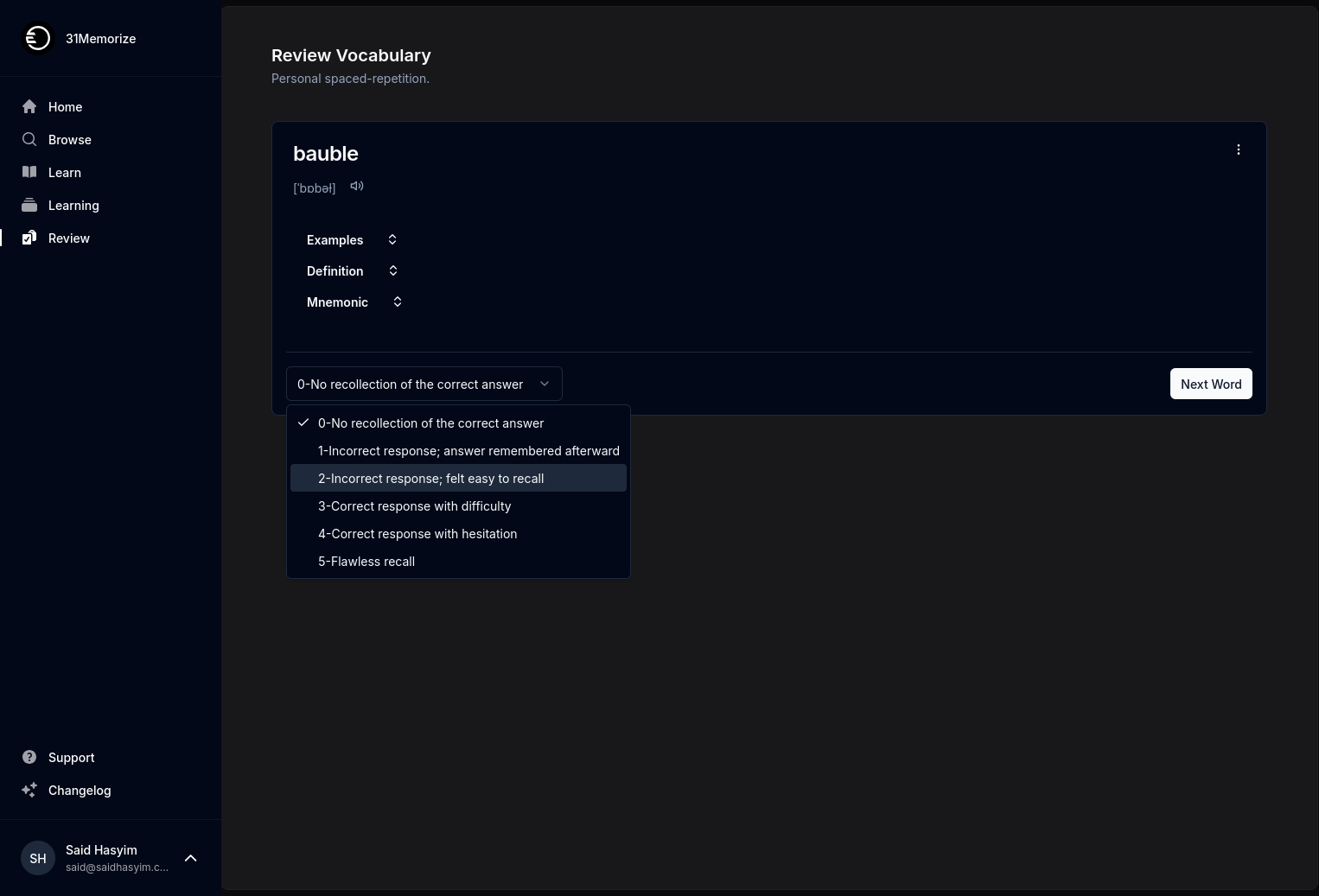Converting Negative Reviews into Positive Change
In today's digital landscape, customer feedback is a treasure trove of insights, shaping businesses' reputations and strategies. Negative reviews are an inevitable part of the customer experience, but they don't have to be detrimental. In fact, they can be a powerful catalyst for improvement and growth. This blog post will delve into how businesses can transform negative feedback into actionable change and enhance the customer experience.
Understanding the Value of Negative Reviews
At first glance, negative reviews may seem like setbacks. However, they offer invaluable opportunities for businesses to learn and grow. Here are a few key reasons why negative feedback holds significant value:
1. Provides Real Feedback
Negative reviews often highlight specific areas where a product or service may be falling short. This feedback is much more actionable than positive reviews, as it points directly to what went wrong from the customer’s perspective.
2. Increases Credibility
A business with only positive reviews may appear suspicious to potential customers. Negative reviews can add authenticity, demonstrating a company’s transparency and willingness to listen to its consumers.
3. Enhances Customer Relationships
Responding constructively to negative feedback shows customers that their opinions matter. This engagement can cultivate loyalty and confidence, fostering a strong relationship between the business and its customers.
Steps to Convert Negative Reviews into Positive Change
Navigating negative reviews may seem daunting, but the process can be incredibly rewarding. Below are several steps businesses can take to effectively convert negative feedback into positive change.
1. Acknowledge the Review
The first step in addressing negative feedback is to acknowledge it. Whether it's on a public platform or a private message, responding promptly and professionally shows that you take the customer's concerns seriously.
Example Response:
"Thank you for your feedback, [Customer Name]. We’re sorry to hear that your experience did not meet your expectations. Your input is invaluable, and we would like to learn more about what went wrong."
2. Investigate the Issue
Understanding the root cause of the negative review is essential. This may involve speaking with team members who interacted with the customer, reviewing processes or products, and even conducting internal investigations to identify any recurring issues.
3. Implement Changes
Once you have identified the issue, outline actionable steps to resolve the problem. This may include:
- Training Staff: If customer service was a concern, enhanced training might be necessary.
- Product Improvements: If a product didn't meet expectations, consider gathering feedback for improvements or alterations.
- Process Revisions: Sometimes, operational processes must be re-evaluated to enhance efficiency and customer satisfaction.
4. Follow Up and Update
Consumers appreciate when businesses take their feedback seriously. Once changes have been made, it’s beneficial to reach out to the customer who left the negative review – update them on the modifications and express gratitude for their input.
Example Follow-Up:
"Thanks to your feedback, we implemented changes in our processes to enhance customer service. We appreciate your honesty and hope you'd consider trying us again in the future!"
5. Encourage positive dialogue
After resolving issues and updating the reviewer, encourage them to leave a follow-up review based on their new experience. This can help create a more balanced representation of your business online.
6. Utilize Customer Insights
Beyond addressing individual negative reviews, use the insights to inform broader business strategies. Conduct a thorough analysis of feedback trends to identify common pain points among different customers. This can help prioritize changes and pinpoint areas in need of improvement.
Creating a Culture of Feedback
To effectively transform negative reviews into positive change, businesses must cultivate an internal culture that values feedback. Here are some strategies:
1. Promote Open Communication
Encourage employees and customers to share their thoughts freely. Implement systems for gathering feedback regularly, and reassure team members that constructive criticism is integral to growth.
2. Reward Feedback Participation
Consider incentives for employees or customers who provide constructive feedback. This can enhance engagement and foster a collaborative spirit within the organization.
3. Celebrate Improvements
Highlight success stories that arise from addressing negative feedback. Recognizing improvements can boost morale internally and show customers that their input leads to real change.
Conclusion
Negative reviews can be daunting, but they are also essential tools for innovation and improvement. By approaching them with a constructive mindset, businesses can convert criticism into opportunities for growth. This transformation not only enhances products and services but can also strengthen customer relationships and build trust.
In the ever-evolving world of customer feedback, those who choose to embrace their criticisms have the power not just to change their business but to create a lasting positive impact on the customer experience. By doing so, organizations can truly thrive in the marketplace, turning potential negatives into unparalleled positives.
As a business owner or manager, remember: every review is a gift disguised as criticism. How you choose to react makes all the difference.
